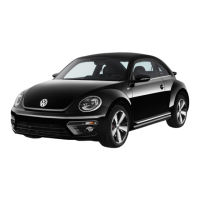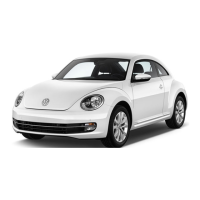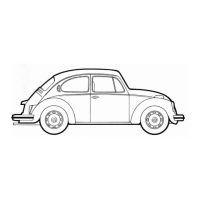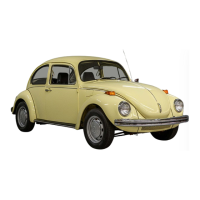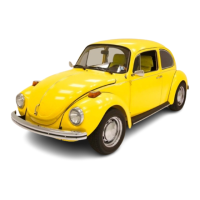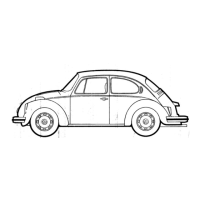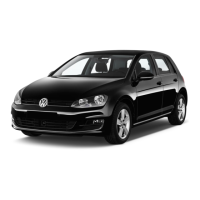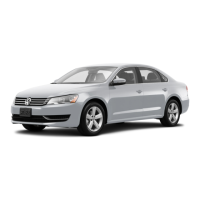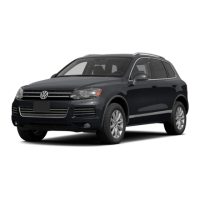Fuel-efficient driving
Fig. 123 Fuel consumption in mpg at 2 different outside air temperatures.
Fig. 124 Fuel consumption in l/100 km at 2 different outside air temperatures.
¤Please first read and note the introductory information and heed the WARNINGS
Driving defensively and economically can easily reduce fuel consumption by 10 to 15%.
The vehicle consumes the most fuel when accelerating. Defensive driving requires less braking and
therefore less acceleration. If possible, coast the vehicle to a stop, for example, when you can see that
the next traffic light is red or about to turn red.
Avoid traveling short distances
A cold engine consumes significantly more fuel immediately after starting. It takes a few miles (km)
before the engine is warmed up and fuel consumption is stabilized.
To reduce fuel consumption and the emission of pollutants effectively, the engine and catalytic
converter must reach their optimal operating temperature. Critical in this context is also the outside
air temperature.
fig. 124 and display the varying fuel consumption rates for the same distance driven, once at +68 °F
(+20 °C) and once at +14 °F (-10 °C).
Therefore, avoid driving short distances unnecessarily and consolidate routes.
Under the same conditions, the vehicle consumes more fuel in winter than in summer.
“Letting the engine run to warm up” is not only illegal in some places, but also technically not
necessary and wastes fuel.
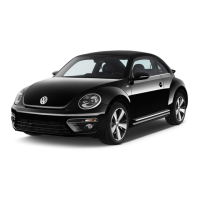
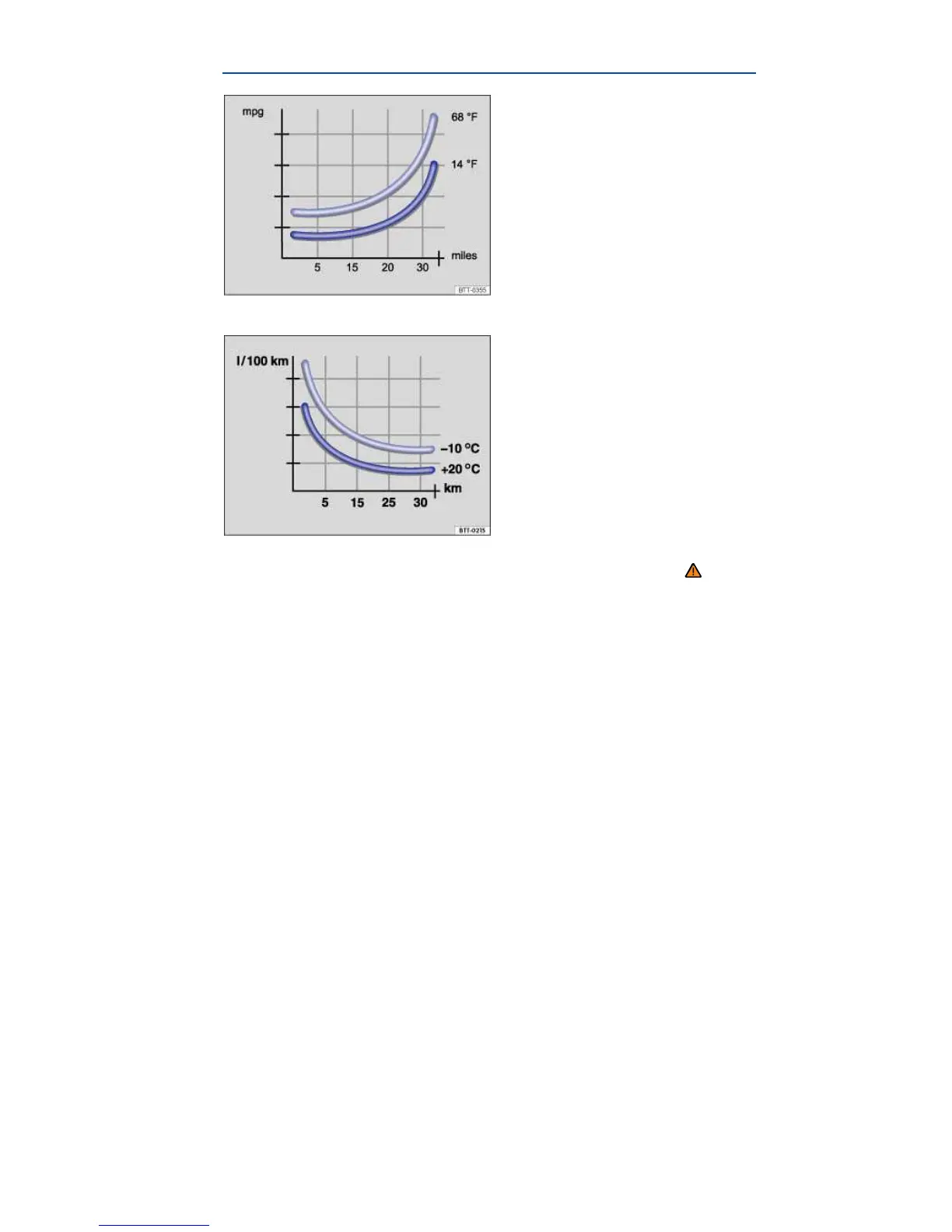